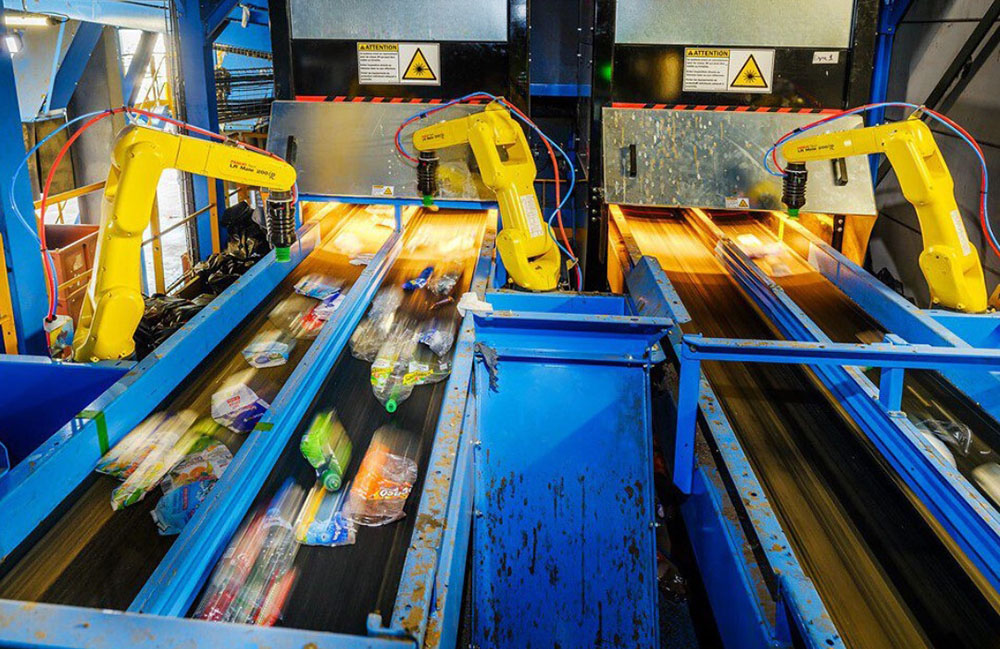At RoboBusiness 2024, we’ve assembled a panel of product leaders to explore the best practices for product development and product management when artificial intelligence is a core part of the solution. AI has evolved quickly over the past decade, becoming ubiquitous for most products on the market or in development.
However, by its very nature, AI development is a completely different beast from the coding best practices that have evolved since the 2000s.
What’s the big deal about AI product development?
Any software developer in the industry for more than a decade is likely familiar with Agile development practices. It introduced the concept of a “sprint,” a one- to four-week development cycle in which features are developed, tested, and released incrementally.
Agile is a more responsive and predictable project planning and execution approach than the waterfall model used for the decades prior.
In an Agile development team, the product owner — typically the product manager — defines and prioritizes the features for the release. The development team scopes the development cost in time for each feature.
The development manager or “scrum master” does the math and determines what can be built for the next sprint cycle. After some negotiation, everyone agrees on the feature set, and the sprint is initiated.
Unlike writing and testing lines of code, AI model training is indeterminate and unpredictable. This leads to frustration at all levels when technology features don’t converge, models don’t reach expected confidence milestones, and project delivery deadlines are missed.
Product managers can then lose confidence in their teams, executive leadership can lose confidence in product groups, and customers may look elsewhere for viable systems. Here are just a few of the questions that we’ll explore in this session at RoboBusiness:
- How are you developing AI-based solutions today?
- Are you frustrated with your teams’ ability to accurately scope and deliver against the expected product roadmap?
- How has your development team’s best practices evolved over the past decade?
- Can you predictably deliver on time and to spec, release after release?
Join us to learn what development organizations of different sizes are doing and how the industry is evolving.
Session: Best Practices for AI Model Management
When: Thursday, Oct. 17, 1:30 to 2:15 p.m. PT
Meet the panelists
To explore the challenges of AI product development, we invited several leaders from across the robotics industry to share their perspectives.

Chris Padwick, director of computer vision machine learning | Blue River Technology
On stage, you’ll hear from Chris Padwick, director of computer vision machine learning at Blue River Technology (now a division of John Deere).
In his current role, Padwick oversees the development of agriculture technology such as See & Spray, a sprayer that can detect where every weed is in a field and apply herbicide only and exactly where it’s needed. Before that, he was a technical fellow at Blue River, managing its deep learning team.
Padwick was a guest on The Robot Report Podcast, where he shared his thoughts on the technologies that are changing the workflow on farms around the world.

Richard Anaya, AI software architect | Formant
To provide a different perspective, you’ll hear from Richard Anaya, AI software architect at Formant. He oversees a portfolio of products that all use some form of AI.
Anaya has many stories to share about bringing development teams together to create a viable architecture that spans multiple releases.
He has stated that AI development currently should be treated more as “research” than “development” in many cases. Anaya will also share some ideas on how to manage expectations across the organization for what may be possible with an AI-based product at any point in the development cycle.
Anaya is a pragmatic leader who can see both the big picture as well as the details. He has experience distilling complex concepts into actionable pieces.

Parker Conroy, director of product, Apptronik
Finally, RoboBusiness attendees can hear from Parker Conroy, director of product at Apptronik. He has years of robotics development experience across multiple organizations. Apptronik is currently developing a humanoid robot that uses AI.
Conroy has also led product teams developing mobile robots, drones, and network software.
He brings a unique outlook about software and hardware development across a range of organization sizes, from startups to enterprises. Conroy is a champion of the voice of the customer, and skilled at balancing priorities and negotiating feature sets with product teams.

The Robot Report‘s Mike Oitzman
Moderating this panel will be Mike Oitzman, senior editor for robotics at WTWH Media. He founded the Mobile Robot Guide and is co-host of The Robot Report Podcast.
Oitzman is a robotics industry veteran with 25-plus years of experience at various high-tech companies in the roles of marketing, sales, product management, and executive leadership.
Among those roles, he has been a product manager at Remedy Corp. and BMC, served in several managerial roles at Hewlett-Packard Enterprise, and was senior product-line manager for Lynx mobile robots at Adept Technology. Most recently, he was chief product officer at Ice Cream Labs, developing an AI-based system that generated digital content for online grocery catalogs.
If you are involved with product development of AI-based solutions at any level, don’t miss this opportunity to learn from these professionals as well as network with and share your ideas and best practices.

 3 months ago
36
3 months ago
36









 English (US) ·
English (US) ·